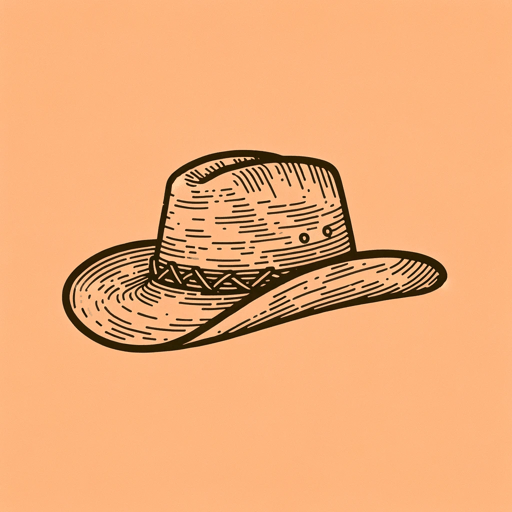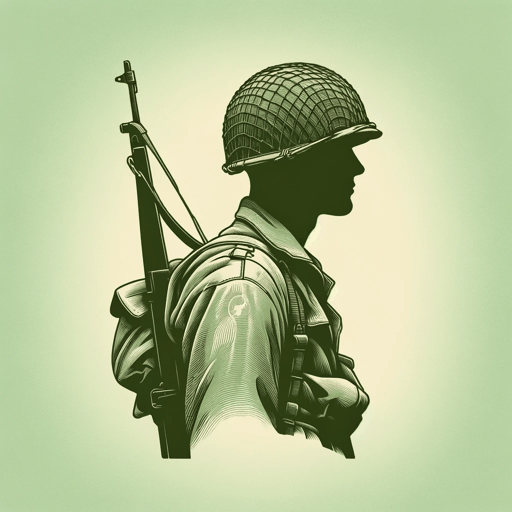63 pages • 2 hours read
Hampton SidesBlood and Thunder
Nonfiction | Book | Adult | Published in 2006A modern alternative to SparkNotes and CliffsNotes, SuperSummary offers high-quality Study Guides with detailed chapter summaries and analysis of major themes, characters, and more.
Important Quotes
“By the macabre distinctions of his day, he was regarded not as an Indian killer but as an Indian-fighter—which was, if not a noble American profession, at least a venerable one. But Carson did not hate Indians, certainly not in any sort of abstract racial sense. He was no Custer, no Sheridan, no Andrew Jackson. If he had killed Native Americans, he had also befriended them, loved them, buried them, even married them. Through much of his life, he lived more like an Indian than a white man.”
(Chapter 1, Page 34)
Carson didn’t hate Indians for ethnicity’s sake, as did many of his superiors. Rather, he followed the tribal division system common in the West. Some tribes were friends to him; others weren’t.
“If the Navajo indulged in a tribal pride that bordered on arrogance, it was an arrogance cut with an extraordinary impulse to accept other traditions, a natural ease for ushering in new ways and even new blood. In a sense, the Navajo were the most ‘American’ of the American Indians: They were immigrants, improvisationalists, mongrels. They were mobile and restless, preferring to spread out as far as possible from one another over large swatches of country while still remaining within the boundaries of their land. They inhaled the essence of other cultures, taking what they liked and adapting it to their own ends.”
(Chapter 2, Page 52)
Sides often mirrors Indians and Anglo-Americans, and this comparison may be his best example: Owing to their pioneer spirit, their democratic form of government, and their appropriation of other cultures, the Navajo were, he argues, the most American of the Indians.
“The Americans had their own ideas about New Mexico’s worth. If metals could not be teased from the alkaline dirt, then at least wagon roads could be sunk into its barren ribs, connecting the Eastern cities to California, which Kearny was scheduled to conquer next. Perhaps the Americans were not as metal obsessed as Coronado had been, but they were just as determined to find their own kind of gold.”
(Chapter 17, Page 139)
The Americans viewed themselves as superior to other conquerors, often seeing themselves in Indian legends about vague “saviors from the east.” Sides pinpoints their true motivations here: Just like Coronado and the other Spanish conquistadors, their aim was, above all else, profit. Unlike the conquistadors who sought only gold, the Americans sought valuable trade routes to California and Asia.
Related Titles
By Hampton Sides



